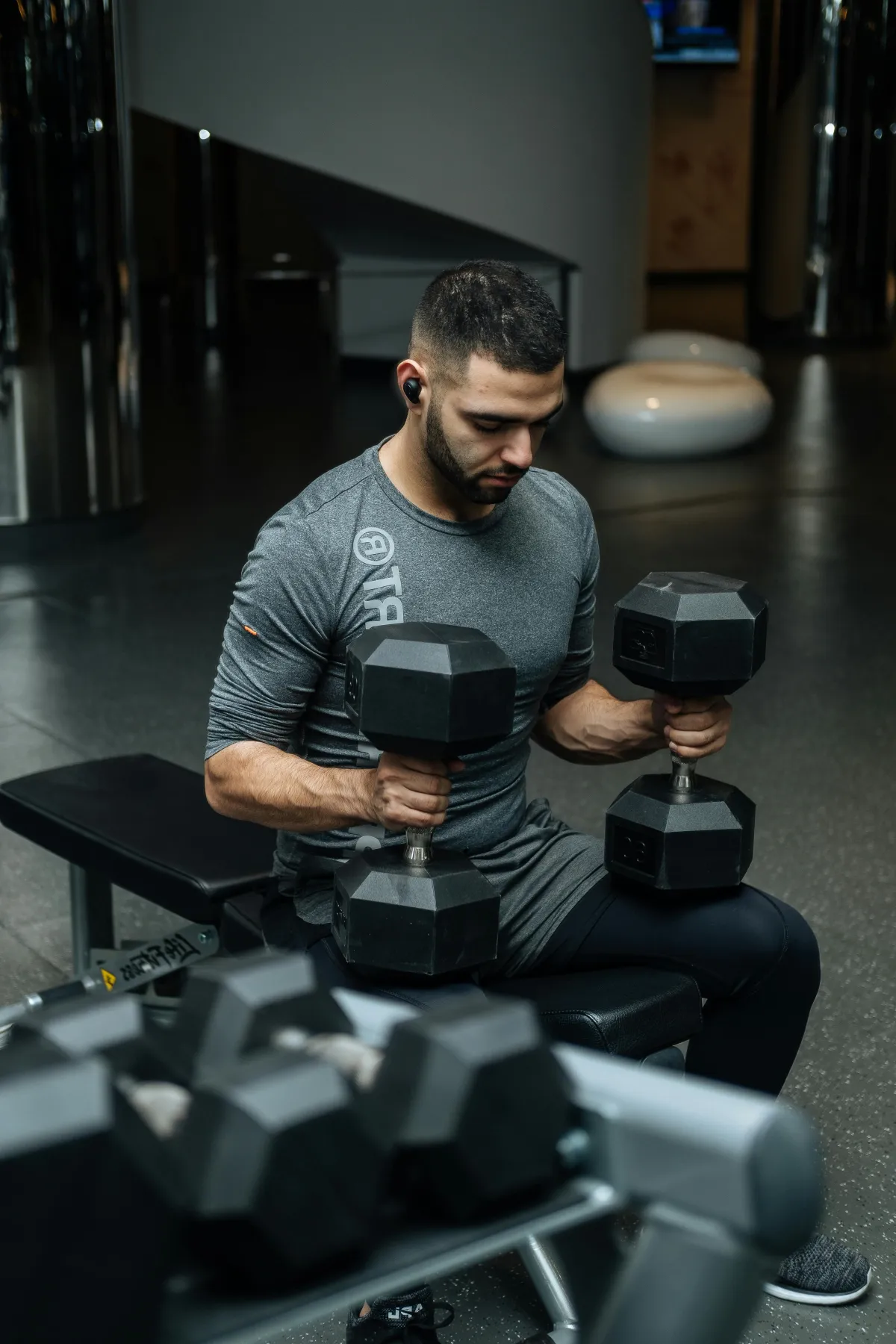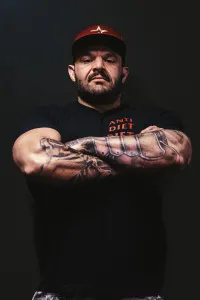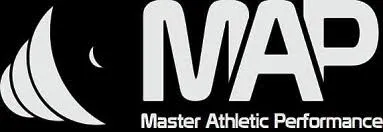Discover The Latest Blogs
Stay updated with Our Informative Blog Posts

How to Become a Better Lifter in 3 Easy Steps - Paul Oneid
How to Become a Better Lifter in 3 Easy Steps
Lifting weights is really a very simple thing at the core of it.
You lift a weight that is hard, you rest, the body adapts and when you go to lift that weight again, it’s less hard and you can do more to make it hard again… then repeat that for infinity.
Now, at first you don’t have to put much thought into it because you’re young and made of rubber and hopes and dreams, but eventually you get so strong, or you do it long enough that you get beat up and you have to pay attention to your technique so you don’t get hurt.
Now, I’m not saying that you shouldn’t lift well from the beginning - absolutely you should - what I am saying is that you stand to gain way more progress by learning to work hard. That is where I see 99% of people fail to make progress - they simply have no idea how to work hard and they obsess about the minutia of joint angles, resistance profiles… all the nerdy shit.
Newsflash! There is a reason very few fitness nerds are actually big and strong!
The nuances don’t matter beyond your ability to actually work your ass off.
That said, for the sake of this discussion, we’re going to assume that working hard is checked off the list and you’re ready to apply some more refined strategies.
What should you focus on?
First, focus on straight lines and triangles.
This concept is VERY simple. When we look at your lifts, there should always be straight lines between the joints involved in the movement and the load. This will ensure that your joints are stacked on top of one another and there is no rotational component to the loading of joints.
Then we need to make sure that the triangle formed between the vertical force of the bar going straight down into the floor and the limbs that are applying force are as small as possible.
Example for the squat:
The foot/ankle, knee and hip joints are aligned in a vertical manner when looking at the lift from the front.
The triangle formed between the vertical force of the barbell, the femur and the torso is as small as possible… meaning that the hips are as close to that vertical bar path as possible
In this example, we’re not creating rotational forces at the knee and we’re decreasing the sheer forces on the low back, while maximizing torque at the hip.
Second, we need to put air where it belongs.
Load is being applied to the body via the limbs into the torso and we use air to create pressure to stabilize that load.
If the load is applied to the ribcage (i.e. bench press), we need to breathe into the ribcage.
If the load is applied to the spine (i.e. squat and deadlift), we need to breathe into the belly and brace through the core.
This strategy of targeted breathing creates the most stability possible to distribute and stabilize the load so that we can apply force through the torso without losing position and leaking any of that power.
Third, we need to think less.
There are way too many coaching cues getting thrown around… “Hips?” “Chest up?” “Knees out”... the list is too long and ultimately, the less you need to think about these things while lifting the better you’re going to perform.
When we think, we pull valuable cognitive capacity away from force output.
We evaluate every single thing we’re doing instead of just doing it.
This is especially important with maximal lifts. The highest level of mastery is called “unconscious competence.” Meaning, you don’t think, you just do.
To get there, you have to go through “unconscious incompetence,” where you don’t know what you’re doing wrong. “Conscious incompetence,” where you know what you’re doing wrong but can’t fix it. “Conscious competence,” where you’re aware of what you’re doing and are performing.
With each level, you think less and less until you’re back to being unconscious and just moving the weight.
Ideally, we want to limit coaching cues to 1-3 things that are specific to you, the lifter. Anything more than that is just static around the signal. Our goal is to make you so proficient, you don’t have to think.
There you go - 3 ways to immediately become more skilled as a lifter and put more of that energy from your body into the implement you’re lifting. Nothing is overcomplicated, nor should it be.
Straight lines and triangles → Create pressure → Think less
Now, go be strong!
Paul Oneid, MS. MS. CSCS
Founder and Head Coach
Master Athletic Performance




